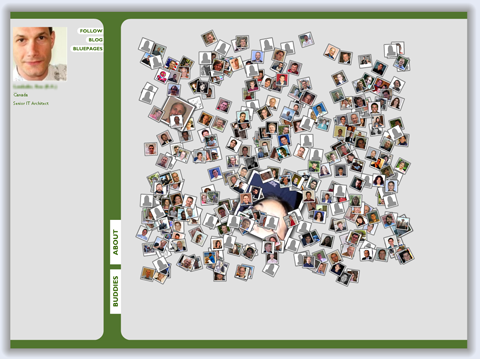Today saw the unusual sight of several of us charging into the pervasive lab, stopping only to use the finger print reader to open the door. Our aim…. to see Dave’s ambient penguin at work.
Dave Conway-Jones (aka DCJ), who is currently working with the Sensors and Actuators organisation in IBM, has put together a zigbee networked device attached to a postcard of a penguin. Two LEDs are in the place of the penguins eyes. When someone’s sametime instant messaging status changes (who is associated with the Penguin) the eyes go from red to green, and back again.
Its neither WiFi nor bluetooth, but some more emerging technology at work. Its also hooked up to a publish subscribe MQ broker, so asides from catching our interest en masse it is using lots of robust middleware to make sure the penguins eyes light up.
Being an ambient inidcation device there are lots of options for what the lights represent, and I think DCJ is likely to start a bit of a rush to build lots of interesting ambient devices. This is not a challenge to ambientdevices.com or the Nabaztag rabbit as neither of those feature blu-tack, selotape or card board. However the homebrew ambient device, with this simple networking technology, does have some interesting potential.
We could post a picture of it here, though I suspect the postcard of the penguin has copyright on it, and DCJ admits he was inspired by the Wallace and Grommit films, rather than the March of the Penguins or any Linux branding.



